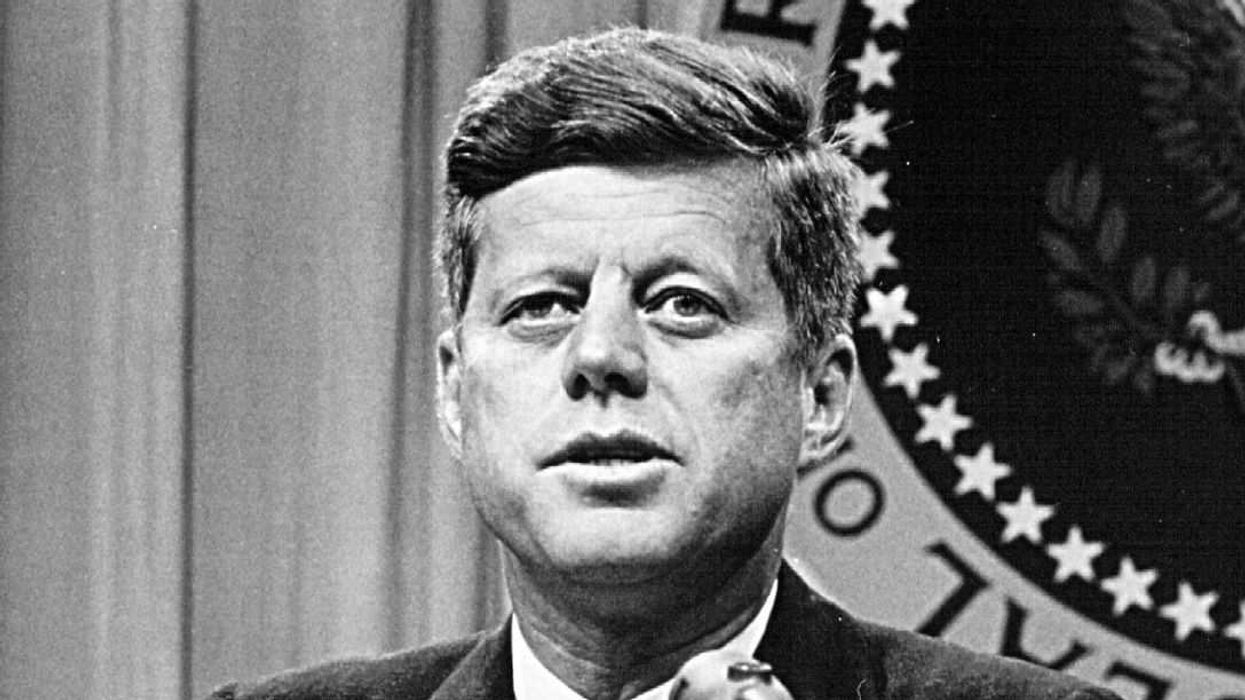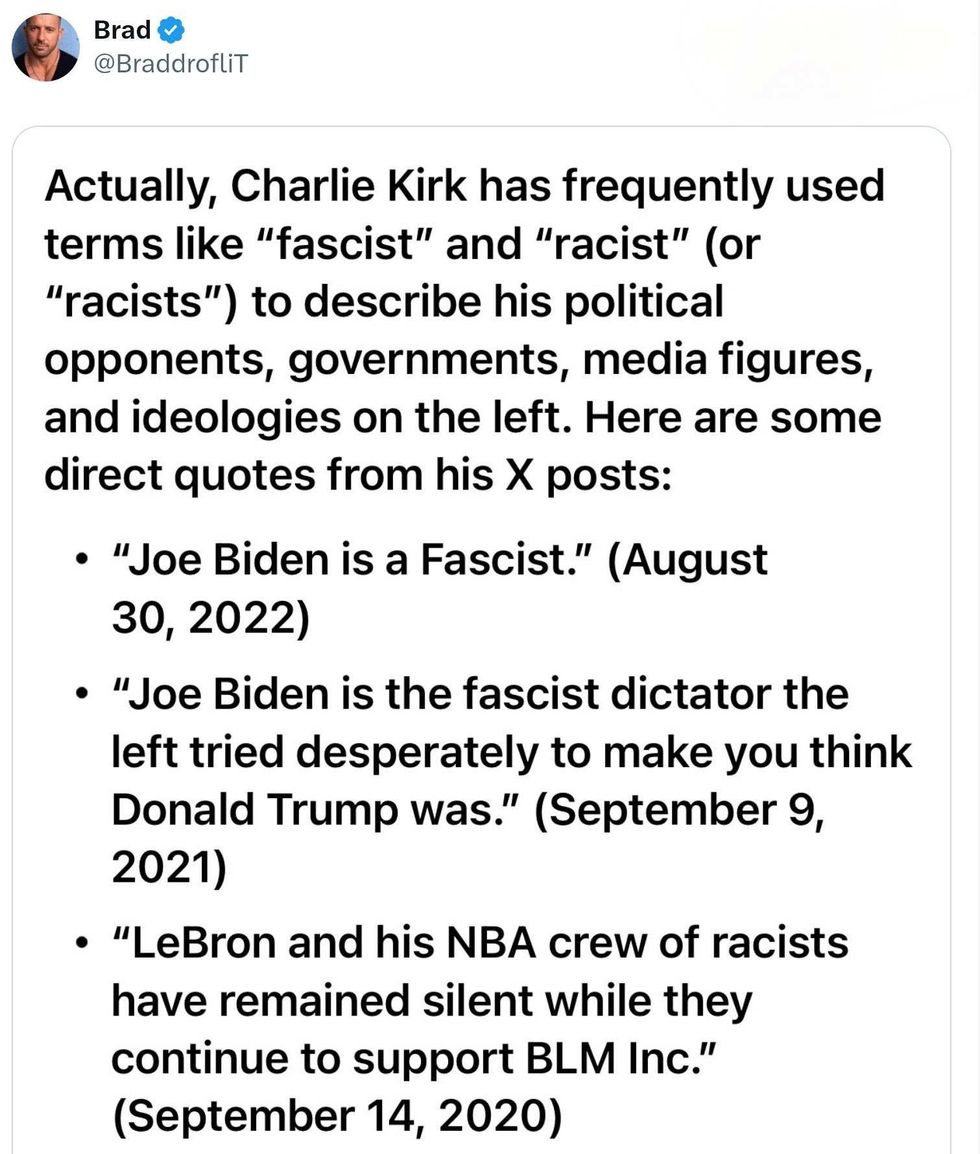Henrietta Lacks’ story is only recently coming to public knowledge, which, given that her cells have benefited countless human lives and changed the course of modern medicine, is astounding. It is a wonder greater humanity did not know of her sooner, but her cellular capacities have been known within the scientific community for decades — and this is the major point of contention within her story.
The great-great-granddaughter of a slave, Lacks was born a person of little means. Her mother died when Lacks was a child, and her father abandoned her at her grandfather’s log cabin. She married a cousin with whom she grew up, and together they had five children, one of whom was developmentally impaired. She raised their first two children while her husband served the 1940s war effort as a Bethlehem steelworker; the other three followed upon his return after the war ended.
In 1951, she checked into a hospital with complaints of a “knot” inside her. Sadly, and to her surprise, Lacks learned she had a cancerous tumor in her cervix, which doctors had missed during the birth of her fifth child. She was treated with radium implants, an aggressive treatment, common in the early 1950s. The treatment failed and Henrietta Lacks only lived to age 31.
This sounds both unfair and fairly common for a lower-income member of society in the mid-twentieth century. Most people with similar stories live on only in memory by their family and friends. However, Lacks managed to live on in an unusual way; her cells continue to replicate beyond her death.
Most tissue samples quickly die off after removal from a host, but these were different: Lacks’ cervix tissue samples from during her radiation treatment were still replicating, and at a shocking rate.
Physicians and researchers quickly recognized how valuable these tissue samples were, and years passed as the original cell samples continued to reproduce without fail. This led to disease testing, and the cells became known as “HeLa” cells, after the first two letters of Lacks’ first and last names. Unfortunately, these HeLa cells were harvested without the surviving family’s consent or knowledge.
The scientific community felt no ethical or moral responsibility to Lacks’ family, and were likely afraid of losing consent if requested, so it was years before the family was unofficially notified in 1975 by a brother-in-law of a friend of the family. He happened to question family members regarding Lacks cells he saw coworkers studying at the National Cancer Institute.
Henrietta Lacks and her family never received thanks or compensation, even as her HeLa cells helped thousands of patents and generated billions of dollars. Jonas Salk’s polio vaccine, the AIDS cocktail and other medications, like treatments for hemophilia, herpes, influenza and leukemia were developed thanks to the HeLa cells. Ebola and Parkinson’s Disease research advanced due to HeLa cells. Actual physical tons of Lacks' cells have multiplied in laboratories past 67 years.
Now that the Lacks family was informed of Henrietta’s everlasting contribution, they are finally receiving some of the recognition their relative and ancestor deserves.
The Smithsonian National Portrait Gallery in Washington, D.C. placed a large portrait of Lacks inside one of its main entrances.

Kimberly Lacks, a granddaughter, and one of the first to see the painting at its unveiling, exclaimed, “This is amazing! Soon as you walk through the doors, there she is!” Kimberly Lacks, Jeri Lacks-Whye and Alfred Carter Lacks, all of whom were present for the unveiling, had never known their grandmother, as she had died long before they were born.
“Just like they said she was in life: happy, outgoing, giving — and she's still giving,” Jeri remarked.
The artist, Kadir Nelson, depicted Lacks standing in front of a wallpaper of blue and purple hexagons.
“It's actually representative of her cells,” according to Dorothy Moss, a National Portrait Gallery painting and sculpture curator.
The painting depicts a warm-looking, smiling Lacks holding a Bible over the region of her body from which her cells were taken. She wears a hat that sits atop her head similarly to the halos depicted above saints and holy figures. She wears pearls, which were the descriptive term the doctor who operated on Lacks used to describe the tumors he found inside of her. A couple of buttons are missing from her dress, darkly representing that which were taken from her. The pattern in her red dress resembles the structure of some cells.
Co-owned by the National Portrait Gallery and the National Museum of African American History and Culture, the canvas was commissioned by HBO and painted by black portraitist Kadir Nelson. It was a precursor to the 2017 film produced by and starring Oprah Winfrey, called The Immortal Life of Henrietta Lacks.
“Nelson wanted to create a portrait that told the story of her life. He was hoping to honor Henrietta Lacks with this portrait, because there was no painted portrait that existed of her,” said Moss, “Nelson captures her strength and her warmth.”
The painting is situated towards the entrance of the Portrait Gallery, in a hall devoted to portraits of influential people. “It will spark a conversation about people who have made a significant impact on science yet have been left out of history,” Moss explained. The portrait will remain on the first floor of the museum through November 4, 2018.
Bill Pretzer, a senior curator at the African-American museum, called the story of Lacks one of racial history, bioethics and medical history. He believes the portrait should be a reminder “that history can be remade, re-remembered.”
Today, Lacks has become one of the most moving symbols for informed consent in the history of science.









 Replying to @StefanMolyneux/X
Replying to @StefanMolyneux/X Replying to @StefanMolyneux/X
Replying to @StefanMolyneux/X Replying to @StefanMolyneux/X
Replying to @StefanMolyneux/X Replying to @StefanMolyneux/X
Replying to @StefanMolyneux/X








 Playing Happy Children GIF by MOODMAN
Playing Happy Children GIF by MOODMAN  May The Fourth Be With You
May The Fourth Be With You 
 Nhh GIF by New Harmony High School
Nhh GIF by New Harmony High School